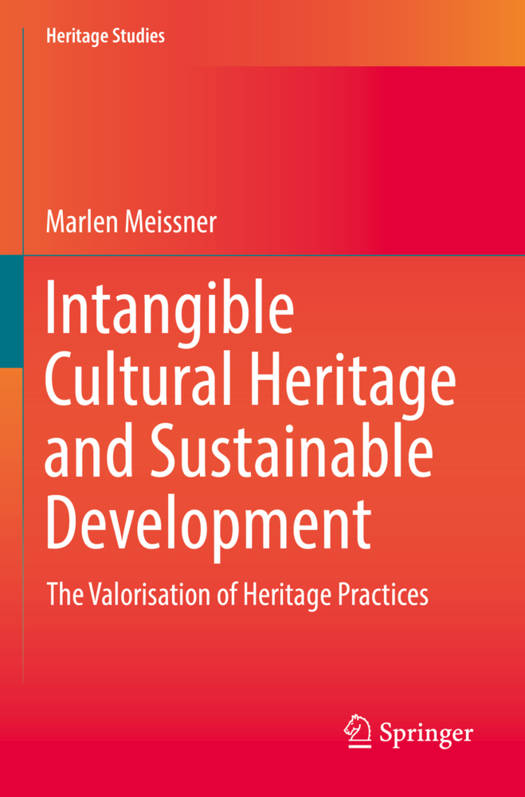
Door een staking bij bpost kan je online bestelling op dit moment iets langer onderweg zijn dan voorzien. Dringend iets nodig? Onze winkels ontvangen jou met open armen!
- Afhalen na 1 uur in een winkel met voorraad
- Gratis thuislevering in België vanaf € 30
- Ruim aanbod met 7 miljoen producten
Door een staking bij bpost kan je online bestelling op dit moment iets langer onderweg zijn dan voorzien. Dringend iets nodig? Onze winkels ontvangen jou met open armen!
- Afhalen na 1 uur in een winkel met voorraad
- Gratis thuislevering in België vanaf € 30
- Ruim aanbod met 7 miljoen producten
Zoeken
Intangible Cultural Heritage and Sustainable Development
The Valorisation of Heritage Practices
Marlen Meissner
€ 116,45
+ 232 punten
Uitvoering
Omschrijving
This book provides a systemic understanding of how intangible cultural heritage (ICH) can promote sustainable development. It offers new insights on the identity-building potential of heritage practices as 'enabler' of development and their capacity to generate social and economic profits as 'driver' of development.
Based on Pierre Bourdieu's 'Theory of Practice', a model for the valorisation of ICH is presented, which may serve as a tool to stimulate the developmental potentials of heritage on a practical level. The functioning of the valorisation model is exemplified with a case study on a German choral tradition, which has not been officially nominated as ICH. Therewith, it is shown how the model can be applied to utilise the developmental potentials of ICH - as promoted in the Convention for the Safeguarding of the Intangible Cultural Heritage (2003) - even beyond UNESCO's scope. This book is of interest to cultural heritage scholars.
Based on Pierre Bourdieu's 'Theory of Practice', a model for the valorisation of ICH is presented, which may serve as a tool to stimulate the developmental potentials of heritage on a practical level. The functioning of the valorisation model is exemplified with a case study on a German choral tradition, which has not been officially nominated as ICH. Therewith, it is shown how the model can be applied to utilise the developmental potentials of ICH - as promoted in the Convention for the Safeguarding of the Intangible Cultural Heritage (2003) - even beyond UNESCO's scope. This book is of interest to cultural heritage scholars.
Specificaties
Betrokkenen
- Auteur(s):
- Uitgeverij:
Inhoud
- Aantal bladzijden:
- 179
- Taal:
- Engels
- Reeks:
Eigenschappen
- Productcode (EAN):
- 9783030799403
- Verschijningsdatum:
- 25/11/2022
- Uitvoering:
- Paperback
- Formaat:
- Trade paperback (VS)
- Afmetingen:
- 155 mm x 235 mm
- Gewicht:
- 383 g

Alleen bij Standaard Boekhandel
+ 232 punten op je klantenkaart van Standaard Boekhandel
Beoordelingen
We publiceren alleen reviews die voldoen aan de voorwaarden voor reviews. Bekijk onze voorwaarden voor reviews.











